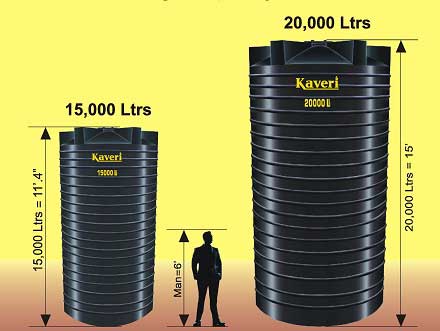|
A new report from leading industry experts, AMI Consulting, highlights
the emergence of China as a major market for thermoplastic masterbatches.
Despite the economic recession which engulfed much of the rest of
the South East Asian region during 1997-1998, the Chinese economy
continued to forge ahead, resulting in strong demand and production
growth for masterbatch products.
In the year 2000, masterbatch production in China accounted for
33% of the total production in the South East Asian region and the
Chinese market accounted for 35% of all masterbatch demand. Thus,
China has surpassed South Korea as the leading
masterbatch producing nation in the region, and is on course
to become the largest country market in the world. Demand has grown
from just under 89,000 tonnes in 1990 to nearly 300,0000 tonnes
by 2000, which amounts to year on year increase of around 13%. Increases
in production capacity have been equally impressive and in 2000
the region produced over 250,000 tonnes of masterbatch products.
This growth has been fuelled by the increasing levels of investment
in plastics processing, which are often set up by foreign-owned
investors to supply European or Japanese customers, and who specify
the use of masterbatch products. Growing local demand has also seen
a comparable increase in masterbatch production, again often involving
foreign companies.
Despite the financial crisis of 1997-1998, the South East Asian
masterbatch market has been one of the most dynamic and fastest
growing in the world. In addition to the growth in plastics processing
in China, there has also been substantial investments in other countries
such as Thailand and Malaysia, and the region has generally seen
a rapid uptake in the use of masterbatch through the 1990s.
The region therefore is a net importer,
although obviously there are marked variations between the import
requirements of individual countries and within each of the main
masterbatch types. The region is actually a net exporter of white
products but has a substantial import requirement for additive and
coloured types.
South Korea, Singapore and Philippines all have a trade surplus
in masterbatch products, while Taiwan and China have substantial
net trade deficits in masterbatch.
Despite continued investment in new production capacity over the
next five years, the region will continue to import more than it
exports, and the level of imports will increase at a greater rate
than exports. Opportunities for non-Asian companies to supply into
the region will mainly occur in the colour and additive area.
South East Asia represents a highly diverse
market for masterbatch products, with the individual markets
within it ranging from the highly sophisticated and well developed
such as in Singapore to the small, but rapidly developing such as
Vietnam. Markets are also very different in their adoption of masterbatch
usage, with some countries continuing to have a significant use
of dry pigments and compounds while others use masterbatch to a
greater extent. Methods of colouring used by processors vary, depending
on tradition, costs and availability.
There are though a number of factors working
in favour of masterbatch and contributing to its growing use,
like
 |
 |
Many plastics processors in South East Asia are supplying
to Western or Japanese OEMs who will have a very tight specification
in terms of colour match and performance. Often these companies
will tell the processor which masterbatch to use. |
 |
 |
Even if a processor is not directly supplying to a multinational
OEM, many within South East Asia supply to export markets in the
West and therefore need to manufacture to the standards and quality
that these markets demand, which would again often favour masterbatch
use. |
In the future the trends observed
in the late 1990s will be further reinforced.
 |
 |
By 2005, China will have assumed even greater importance, accounting
for nearly 50% of production. Thailand is also expected to see its
output increase substantially and new production capacity is expected
to emerge in Vietnam. |
 |
 |
Similar trends will also be observed in the consumption of masterbatches
throughout the region. The Chinese market is expected to increase
by over 150% over the period 2000-2005 and will account for 47%
of the market share. |
Although all other countries are forecast to grow strongly over
this period, they will be left behind by the dynamism of the Chinese
market. Chinese demand is forecasted to grow at over 20% per year
over this five year period, whereas most other markets will be developing
at around 7-8 %.
| (Source:
Plastics News International) |
Previous Article
Next Article
Tell Us What You Want

Large capacity chemical storage tanks
| | | |
